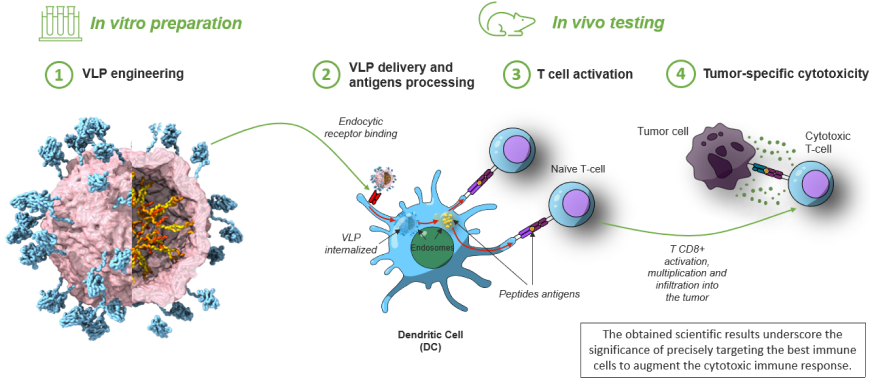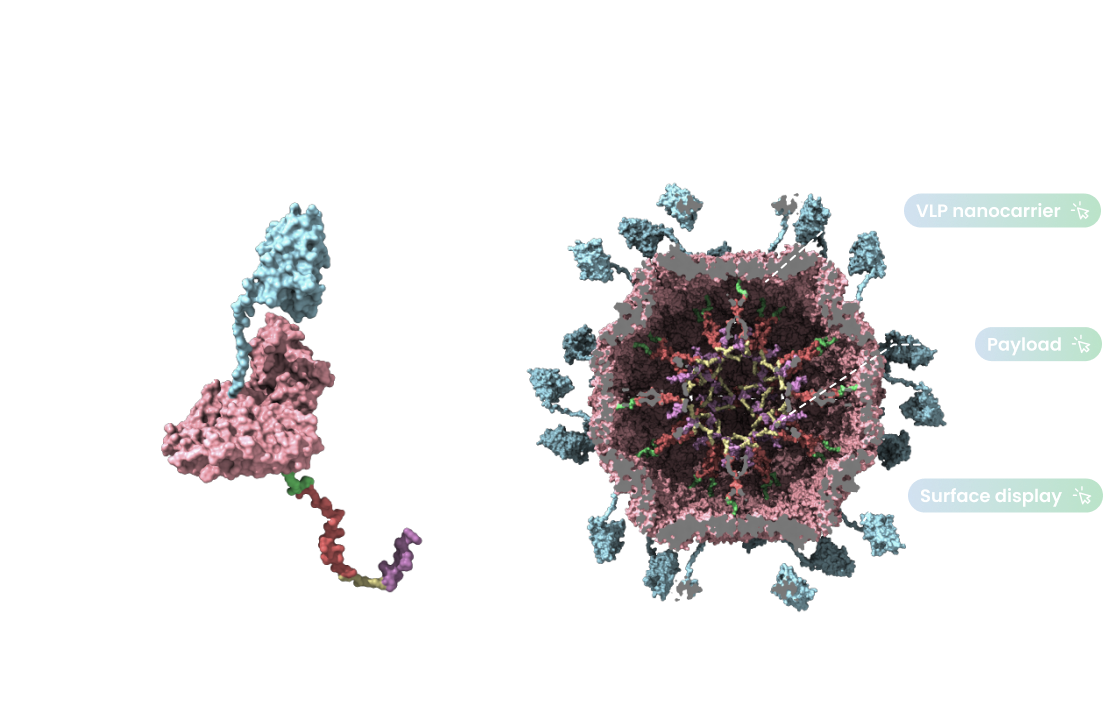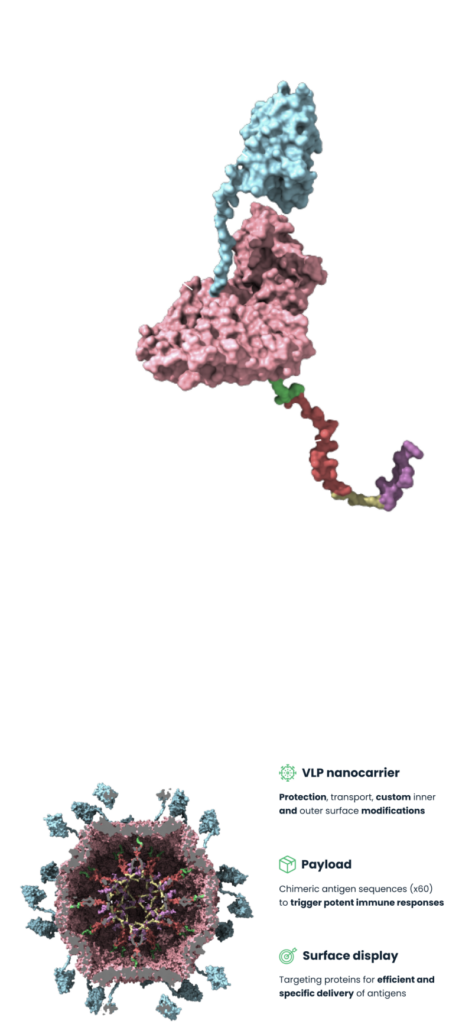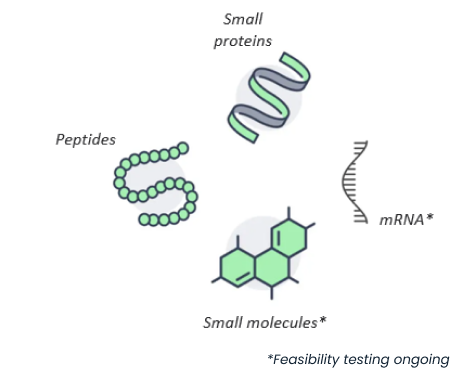Science
Enhancing
cancer immunotherapy
Immune checkpoint inhibitors (ICIs) have revolutionized cancer immunotherapy, particularly for advanced stages. However, their effectiveness is limited in approximately 80% of cases due to the absence of a natural pre-existing immune response against the tumor.
To address this, it’s essential to boost the immune system’s ability to recognize and destroy cancer cells. Combining therapeutic vaccination with ICIs has emerged as a leading strategy, aiming to strengthen the immune system’s capacity to launch a potent cytotoxic attack on tumors.
Furthermore, the pharmaceutical industry has struggled for 40 years to develop effective cancer vaccines, primarily due to weakly immunogenic antigens and inadequate immunization systems aimed at boosting antigen immunogenicity. Therefore, there is a pressing need for innovation in this area to unlock the full potential of peptide-based therapeutic cancer vaccines.
A potent immunization system
Injected under the skin, the vaccine’s purpose is to train the immune system to identify and eliminate cancer cells in a targeted and lasting manner. This action is enhanced if immune checkpoint inhibitors or chemotherapy lift the restrictions placed by the tumor on effector immune cells.
Combined with an adjuvant, the vaccine’s key VLP-based ingredient is engineered to selectively engage an endocytic receptor on the most effective antigen-presenting immune cells.
This leads to the internalization of the ingredient through endocytic pathways, facilitating the breakdown of peptide antigens. The sequence of these peptide antigens is meticulously crafted to ensure their fragmentation into the desired peptides. Subsequently, these peptides are captured and held within the major histocompatibility complexes (MHC), setting the stage for their cross-presentation to T lymphocytes.
Leveraging the synergistic effects of the adjuvant and the mechanism of cross-presentation, T cells are activated within the lymph nodes, leading to their proliferation.
The culmination of this process is the migration and infiltration of these activated T cells into tumor sites, where they exert a targeted cytotoxic effect against tumor cells displaying the same antigens introduced through the vaccine.

Following the initiation of the cytotoxic reaction, a domino effect occurs where the destroyed tumor cells emit additional tumor antigens, which are identified as « foreign » by the immune system, enhancing the vaccine’s efficacy. Importantly, the ultimate goal is to produce memory T lymphocytes, offering the body protection against the common recurrences seen in cancer treatment.
An innovative immunization system
for cancer vaccines
Bioproduction
Safe, fast-to-test, scalable plant-based transient expression system.
Payload
- Already tested: Antigens in the form of small proteins or peptide chains
- To be explored: mRNA, small molecules
Surface display
- Already tested: Cell-targeting proteins. Genetic fusion or ligand-mediated
- To be explored: direct conjugation of adjuvant to the surface (auto-adjuvant particle)

 VLP nanocarrier
VLP nanocarrier

 Payload
Payload

 Surface display
Surface display


Research &
Development
The team at Serendip aims to explore the capabilities of their technology by encapsulating various molecules of interest like small chemical molecules or mRNA, and by attaching vaccine-adjuvants directly to the particle’s surface through chemical methods.
This approach will broaden the scope of the particle’s use in both preventive and therapeutic vaccines, as well as in targeted treatment strategies, such as the precise delivery to specific diseased cells of chemotherapy without toxicologic issues or mRNA without any stability or off-target issues.
Consequently, this will exponentially expand the market possibilities and potential R&D collaborations.
